Vaucluse garden by Jane Irwin
Perched on a clifftop, architectural landscape designer Jane Irwin has transformed this seaside location, incorporating the sandstone landscape to marry the exterior of the home, to the interior.
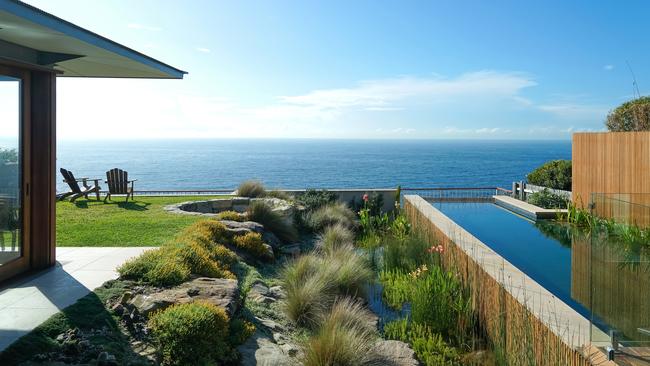
It perches on a dramatic ocean-facing clifftop, its rocky, sloping garden exposed to the elements. This property in Vaucluse, in Sydney’s eastern suburbs, posed many challenges for the landscape designers charged with its transformation. For Jane Irwin, part of the solution lay in approaching the place intuitively, working in a hands-on way with natural materials and the landform. “There wasn’t a lot of documentation involved,” the landscape architect explains. “It was reliant on having a good collaborative relationship with the client, who was very involved in the design process and clear about the desired outcomes. She has a great interest in exploring the connections between people and nature.”
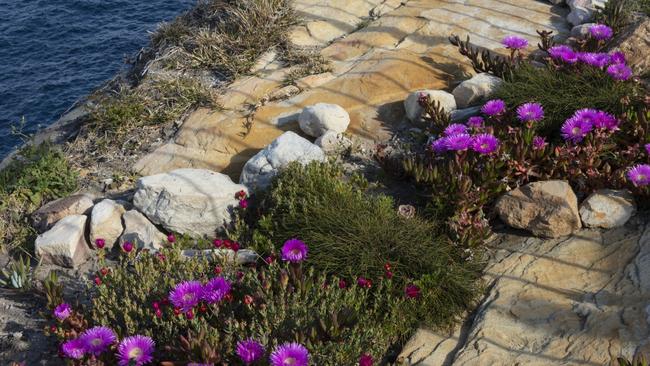
“It takes a good client to make a good project,” Irwin says of the result, which won best garden and landscape in the 2020 Houses Awards, announced last night (July 31).
The productive collaboration extended to the landscape contractor, Bates Landscape, and Paul Pholeros Architects, whose quietly modest design for the home’s major renovation also informed the garden’s design. The judges’ citation for the award noted that “intimacy and materiality are favoured over grand gestures, resulting in a delicate balance”.
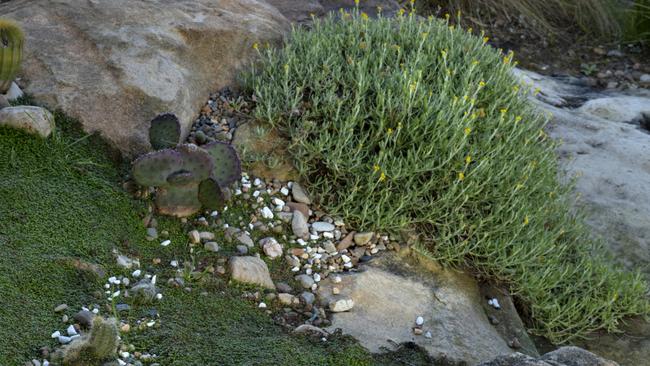
The main challenge was resolving the “gap” between the house and the swimming pool. Exposed rock on the site inspired Irwin’s team to pursue the use of Sydney sandstone as the key material. They sourced offcuts from the ends of massive quarry blocks for the major pieces, which were craned in over the house. Smaller sandstone blocks from the old house foundations were shaped by hand to feature in the circular sunken firepit. “It’s a meeting spot that allows a degree of intimacy in what feels like a vast space,” Irwin says.
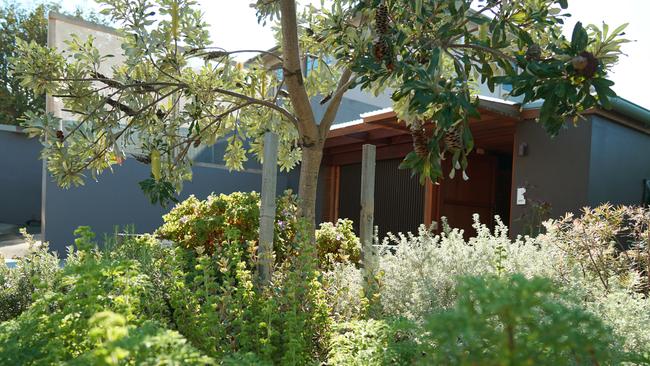
The sloping rock garden is planted with coast-hardy natives such as longhair plume grass (Dichelachne crinita), tussock grass (Poa labillardieri), yellow buttons (Chrysocephalum apiculatum) and coastal rosemary (Westringia fruticosa). Groundcovers include kidney weed (Dichondra repens), Dichondra ‘Silver Falls’, native violet (Viola hederacea) and baby’s tears (Soleirolia soleirolii). The adjoining wet garden is part of the natural pool system that uses reeds and gravel to cleanse the water without harsh chemicals or salt.
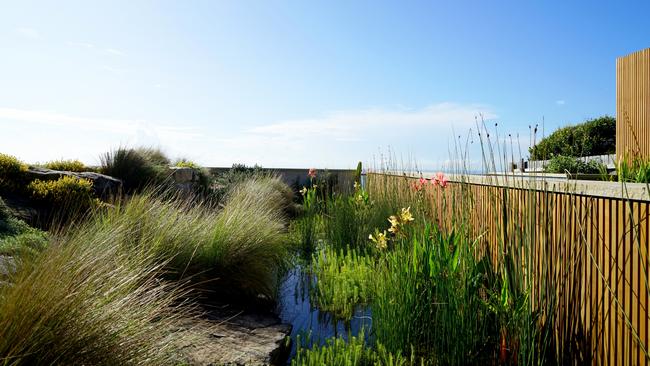
While the main garden beds and firepit are sheltered below the level of the cliff edge, other new plantings reach out along the top of the ocean cliff. Thriving in this harsh and exposed environment are karkalla or pigface (Carpobrotus glaucescens), blue chalksticks (Senecio serpens), and the groundcover she-oak Casuarina ‘Cousin It’.
By contrast, the front garden combines a profusion of productive, floral, fragrant and native plants – at the client’s request – that take advantage of the sun and shelter on this side. Roses, scented leaf pelargoniums, daphne, herbs and vegetables are mixed with native flannel flowers, grevilleas, correas and cottonheads (Conostylis candicans). Banksia integrifolia and Banksia robur are the feature trees.
Irwin is not at all precious about changes to the planting design that have evolved since the garden was completed. “In the end what we do is provide a strong spatial framework for the clients to use into the future. It’s their garden and we expect they will adapt it to the way they live.”
Q&A
Is there an environmentally friendly way to kill the sapling trees I’ve cut down? I’ve been advised to pour Roundup into drilled holes at the base. Emilia Cruickshank, by email
Even bush regeneration people use glyphosate (Roundup, Zero), with care, as its systemic action is so effective. For it to be transported in the living tissues, you must get it into the sapwood, just under the bark, within 15 seconds of drilling holes or cutting stems. Use a syringe or small paintbrush. Alternatively, get the stumps and roots ground out with a machine.
Can I grow elderberries in bayside Brisbane? In a pot? Where can I buy plants? Debbie Marer, Brisbane
Sambucus nigra is so tough and adaptable that it grows in almost any climate. It is considered weedy because it suckers and self-seeds. Being so vigorous, it will be better in the ground but should grow in a large pot. The flowers and berries have many culinary and medicinal uses but the leaves are toxic. Some mail order nurseries sell cuttings; otherwise find a good bearing tree (not all are) and dig up a sucker, take a cutting or collect seeds.
Is it safe to use wood ash in the garden? How, and how much? Lonni Holland, Victoria
Wood ash supplies useful potassium and some phosphorus but the significant calcium in it makes it alkaline. The calcium is in a highly soluble form that raises the pH quickly. Applied sparingly (say, a handful per square metre) it can be beneficial if your soil is acidic (5.5 or below) and your plants are not acid-lovers. Use a pH test kit. You can also sprinkle an occasional layer into the compost heap.
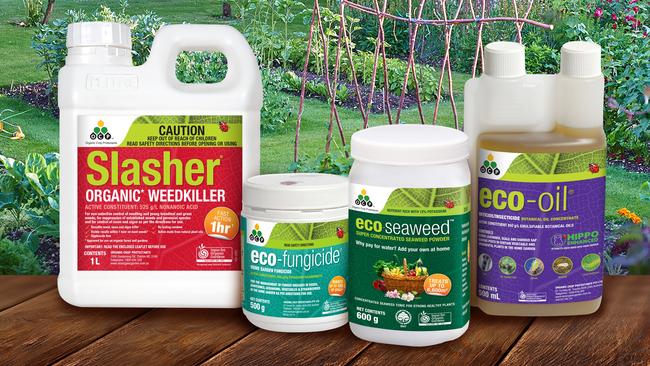
Send your questions to: helenyoungtwig@gmail.com or Helen Young, PO Box 3098, Willoughby North, NSW 2068. Website: helenyoung.com.au. The best question for August wins organic products from Eco-Organic Garden worth $105. July’s winner is Margi Keville from Blackwood, SA for her question about removing a lawn.


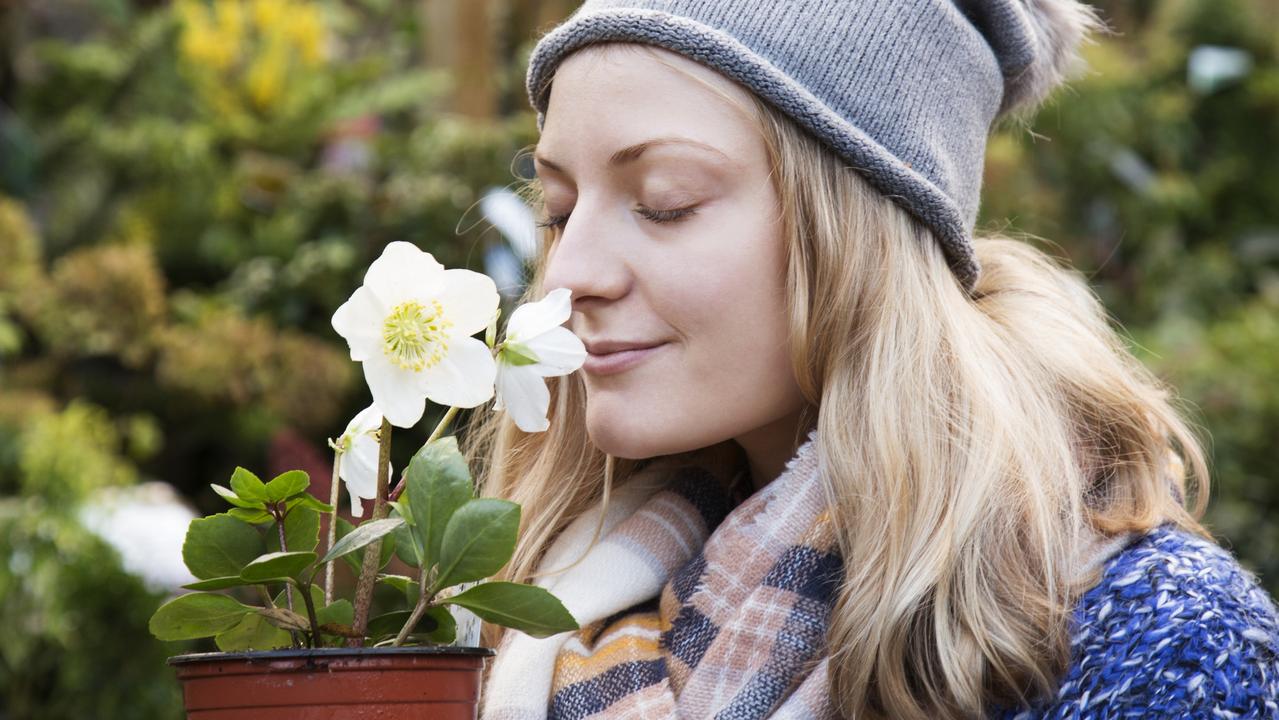
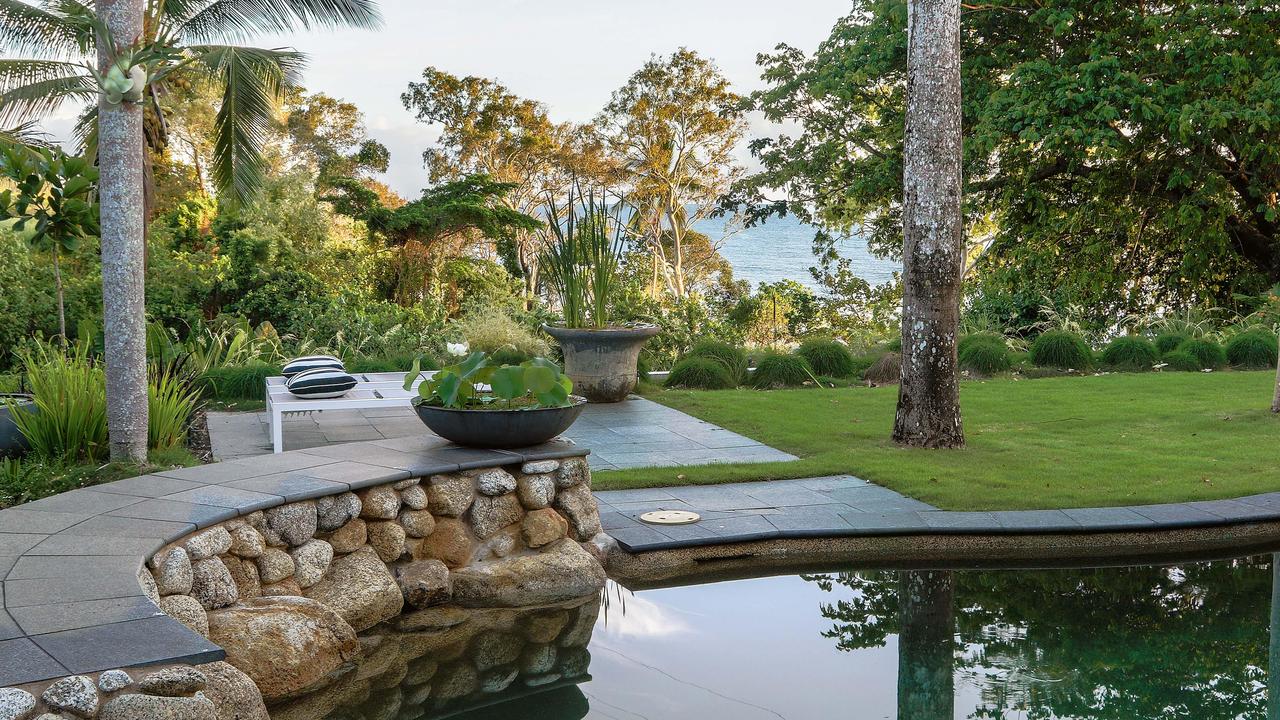
To join the conversation, please log in. Don't have an account? Register
Join the conversation, you are commenting as Logout